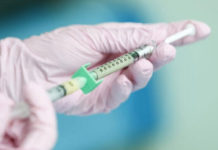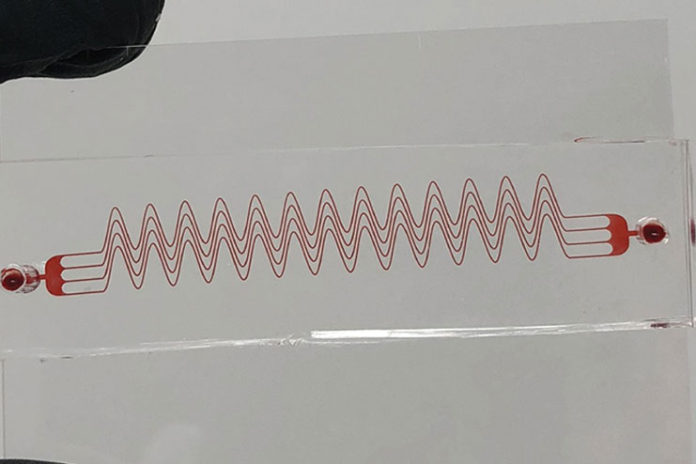As pesky and small do blood clots seem, their impacts on the body are life threatening. Several people have even died because of a lodged clot in their system. This is one of the primary reasons why early detection of the same has been found to be quite helpful in reversing the ill effects.
A team of researchers based out of the Department of Biomedical Engineering at Texas A&M University are working on a new method in the pediatric patients to help find the ways in which they can detect the blood clots in the body.
The findings of the study were published in the Nature’s Scientific Journal.
If you have grown up reading that blood vessels have a straight cylindrical shape, it is a complete misconception. They have a very tortuous shape, which means that they have complex curves, bends and spirals to their shape.
When the blood in the circulation reach these nooks and crevices, they change their flowing mechanics along with the interactions with the vessel wall as well. While the flow and the change in the mechanics is normal in healthy individuals, things are not that simple when it comes to the diseased people.
In case of people with underlying health conditions, they can often lead to complex flow of the fluid through the vessels, activating several proteins and cells in the meanwhile that end up contributing to the complexities and cause blood clots.
Dr Abhishek Jain, assistant professor stated that one of the biggest challenges that people face now is that the medical devices that used for detecting the blood clots and likely treating them are also based off the chemistry.
“They do not incorporate the flow through the naturally turning and twisting blood vessels, which are physical regulators of blood clotting,” Jain further exclaimed.
This is the reason why the results from these current static systems are often incorrect and can give off false positives and negatives, which is a risk not worth taking, especially when treating something as severe as a blood clot.
To tackle this issue, the group of researchers at Jain’s lab at the Texas A& M successfully designed a microdevice mimicking the shape and look of the tortuous shape of the blood vessel. They also created a diseased environment that could further propel the formation of blood clots in the system.
This biometric device that has been developed by this team of researchers can be used to further design and monitor the drugs that are given to the patients that struggle with the issues of blood clotting.
Jain further said that the use of this device will also be influential in the field of critical care units and military trauma care units.
“It can be used in the detection of clotting disorders and used in precision medicine where you would want to monitor pro-thrombotic or anti-thrombotic therapies and optimize the therapeutic approach,” said Jain.
Following the completion of the device, the researchers took it out for a pilot study. The same was done in collaboration with Dr Jun Teruya, chief of transfusion medicine at Texas Children’s Hospital and Baylor College of Medicine. The team further worked with the officials and the clinicians to test out the efficacy of this device on the pediatric patients who had impaired heart and lung functions.
These patients that were part of the study were all in need of extracorporeal membrane oxygenation, which means that it provides with the cardiac and respiratory support in exchange for oxygen and carbon dioxide.
One of the worst side effects of this process is blood clotting, which is one of the main reasons why they are administered with anti-coagulants to prevent further risks. But, several of the ECMO machines have also been found to eat away at the clotting proteins and platelets, which further puts the body at risk of bleeding.
Some of the available chemical-based blood clotting tests that are available in the market are quite expensive and requires a skilled professional to get the same done. The tortuosity based microfluidic system that has been developed by Jain’s team doesn’t require any skilled professional.
It also doesn’t require any kind of harsh or expensive chemicals and provides with the results to the sample in a matter of minutes.
“Therefore, it’s imperative that all the tests, not just clotting tests, must work and provide clinicians with quick and reliable information about their patient so they can provide the best care possible,” said Jain as the margin of error for these tests is zero.
By having actual patients to test out the device, Jain said that it allowed them to show how efficient their design is in helping detect bleeding in the anticoagulated patients who have a reduced platelet count in the body.
In the next step, Jain and his team of researchers are going to further improve their expanse of the clinical trials to further compare the efficacy of the device with that of the standard methods that are used for the detection of blood clots in the body.












































